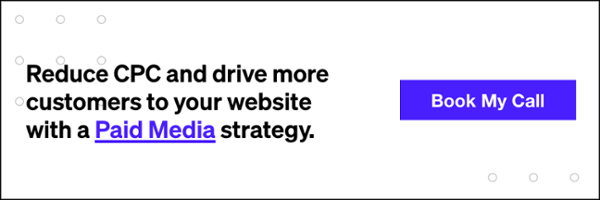Syncing YouTube With AdWords
YouTube is a wonderful thing. Just about anyone can appreciate the value it provides – whether that’s social sharing, research, or just plain entertainment, YouTube is an extremely valuable asset to our generation. That being said, it’s no wonder that digital marketers are more and more trying to leverage this channel. What people commonly are starting to understand is that we’re able to serve videos as ads within the YouTube network. What’s less understood is that when we link an AdWords account with a YouTube channel, we then gain access to remarket ads to people who have viewed a video on that YouTube’s channel.
If you sync your AdWords and YouTube accounts, you are automatically granted access to YouTube advertising and remarketing lists. This means that you can remarket to people who have viewed videos on your YouTube channel granted it is linked to your Adwords account. By fully connecting these two platforms, you can create more robust and targeted lists, as well as gain valuable insight into your audience and their behavior.
In a typical remarketing campaign, we target users who browsed around your website, with the majority visiting one or two pages before leaving. Conversely serving an ad to a person who has watched a 3:30 minute video on your YouTube channel could seem much more valuable. When serving an ad to a video watcher, most times they’re more interested in your product or offering than someone who’s visited your site and bounced.
Building Lists Combining YouTube And AdWords
Unfortunately you can’t use video remarketing lists for RLSA purposes, but you can advertise through both the Google Display Network (GDN) and the YouTube network.
What we can also do is use these video audience lists to create custom combination remarketing lists. For example, we can create a remarketing list in Google Analytics that targets visitors who’ve visited the site 2 or more times and didn’t convert, then combine that list with people who’ve watched a video on your YouTube channel or a maybe even a specific video. Now you have a list of users that have been to your site at least twice, watched a video on your YouTube channel, and haven’t converted. This is an example of a segmented (and most likely valuable) target audience that we can serve ads to.
You can also segment these lists based on users who have subscribed, liked, shared, commented, or even watched specific or multiple videos.
So now that you know what kind of remarketing power can come with syncing your YouTube and Adwords account, go forth, and see the results roll in!







